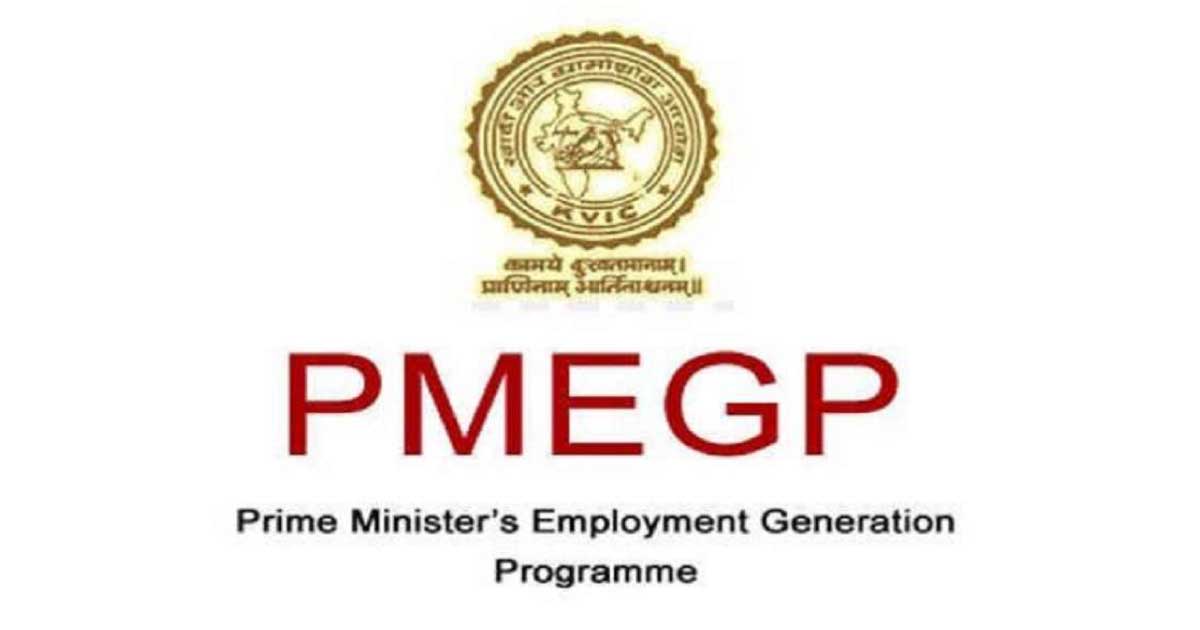LoanBaazar is excel in offering Home Loan, Mortgage Loan, Business Loan, Personal Loan, Education Loan, Credit Cards, SME Working Capital Loan and Equipment Finance at the most competitive rates from all leading Banks and NBFCs.

Introduction
The Prime Minister Employment Generation Programme (PMEGP) is a flagship initiative by the Government of India aimed at promoting entrepreneurship and generating employment opportunities. Launched in 2008, the program has played a significant role in fostering entrepreneurship and creating a conducive environment for economic growth across the country. PMEGP combines the strengths of financial support, skill development, and mentoring to empower aspiring entrepreneurs and small business owners. This article explores the key features, benefits, and impact of the PMEGP in driving employment generation and contributing to the socio-economic development of India.
Overview of the PMEGP
The PMEGP is a credit-linked subsidy scheme administered by the Ministry of Micro, Small, and Medium Enterprises (MSME) in collaboration with the Khadi and Village Industries Commission (KVIC) and the District Industries Centres (DICs). The program aims to provide financial assistance to individuals and groups in the form of subsidies and loans for setting up new micro-enterprises and small businesses in the manufacturing, services, and rural sectors.
Under the PMEGP, beneficiaries can avail of loans ranging from INR 10 lakh (approx. USD 13,500) for the manufacturing sector and INR 5 lakh (approx. USD 6,700) for the service sector. The loans are provided at a subsidized interest rate, ensuring affordable financing options for entrepreneurs. The subsidy component ranges from 15% to 35% of the project cost in urban areas and 25% to 55% in rural areas, depending on the category of the beneficiary.
Eligibility and Application Process
The PMEGP is open to both rural and urban areas, with specific focus on providing employment opportunities in economically weaker sections of society. The eligibility criteria for individuals include being above the age of 18, having passed at least 8th grade, and being a permanent resident of the area where the project is proposed. For groups or institutions, the eligibility criteria vary slightly.
The application process for PMEGP involves submitting a project proposal to the KVIC or DIC, depending on the location. The proposal should include a detailed project report, the entrepreneur’s background and experience, and the financial requirements. Once the proposal is approved, the beneficiary can avail of the loan from the financial institution associated with the program.
Benefits and Impact
The PMEGP has had a profound impact on employment generation and entrepreneurship development in India. Here are some key benefits and impacts of the program:
Challenges and the Way Forward
While the PMEGP has achieved significant success, it is not without its challenges. Some of the key challenges include limited awareness among potential beneficiaries, bureaucratic hurdles in the application process, and the need for greater post-disbursement monitoring and support. Addressing these challenges requires continuous efforts from the government, financial institutions, and implementing agencies to streamline the program and enhance its effectiveness.
Moving forward, there is a need to strengthen the outreach and awareness campaigns about PMEGP to reach potential entrepreneurs in every corner of the country. Simplifying the application process and reducing the paperwork burden can encourage more individuals to avail of the benefits. Additionally, enhancing post-disbursement support through mentorship programs, skill development initiatives, and access to market linkages can ensure the sustainability and growth of the enterprises.
Conclusion
The Prime Minister Employment Generation Programme (PMEGP) has emerged as a game-changer in promoting entrepreneurship and employment generation in India. Through its inclusive and holistic approach, the program has empowered individuals and groups to realize their entrepreneurial dreams, contributed to rural and regional development, and fostered economic growth. With continuous improvements and focused efforts, the PMEGP has the potential to unlock the full entrepreneurial potential of India, creating a thriving ecosystem of micro and small enterprises and paving the way for a prosperous future.